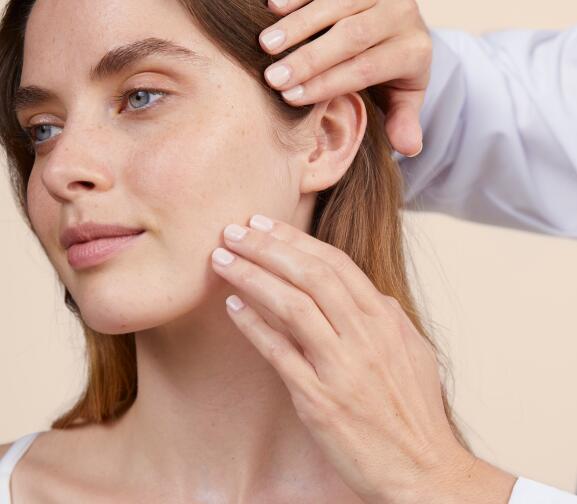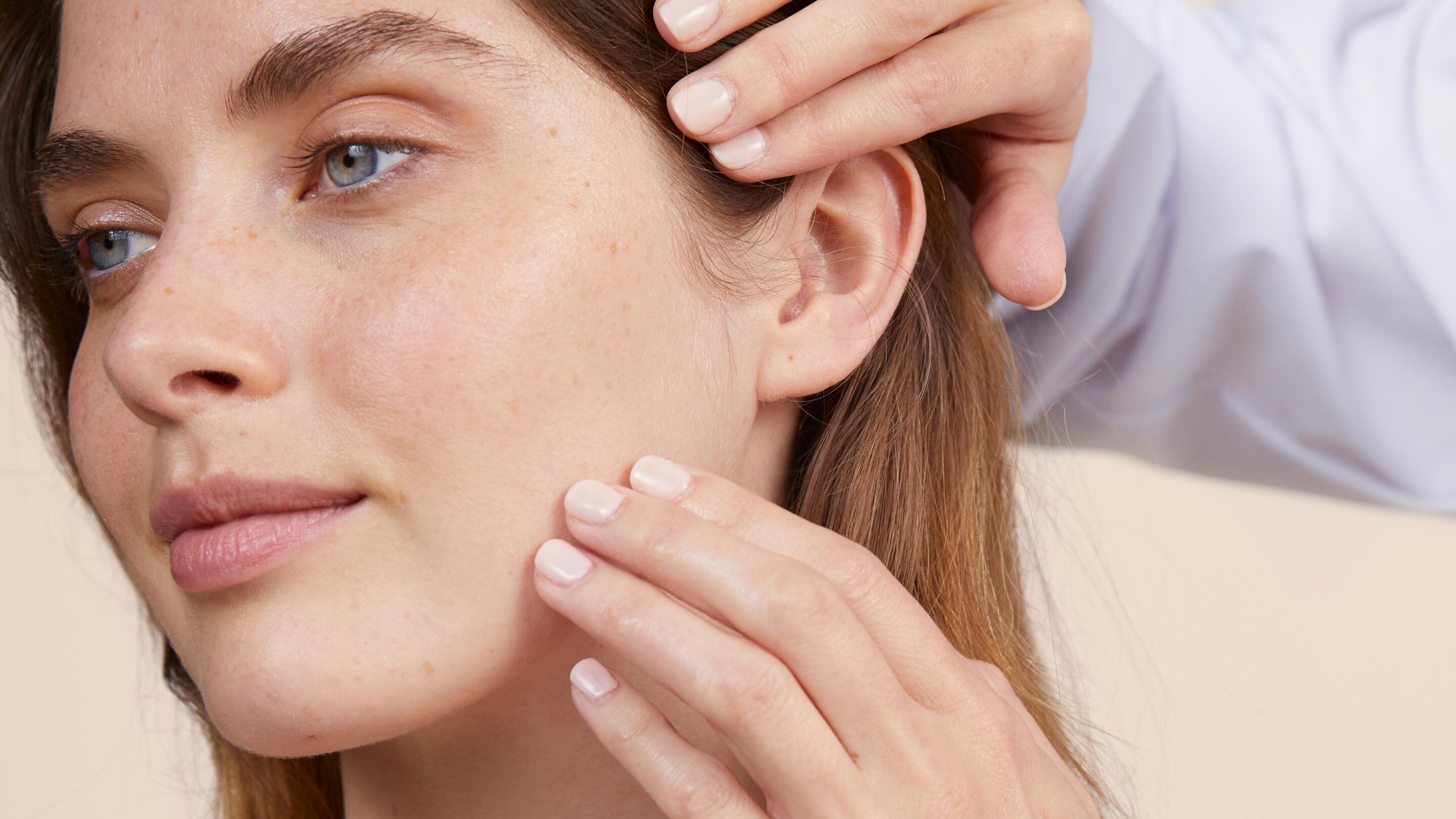5 results "Skincare for combination skin"
Tolérance Control Soothing Skin Recovery Cream Sterile Cosmetics®


Tolerance
Tolérance Control Soothing Skin Recovery Cream Sterile Cosmetics®
Strengthens the skin barrier - Calms - Hydrates
Cleanance Mattifying Emulsion


Cleanance
Cleanance Mattifying Emulsion
Reduces imperfections - Hydrates - Mattifies
Hydrance UV Light Hydrating Emulsion


Hydrance
Hydrance UV Light Hydrating Emulsion
Hydrates - Protects

Loading...



